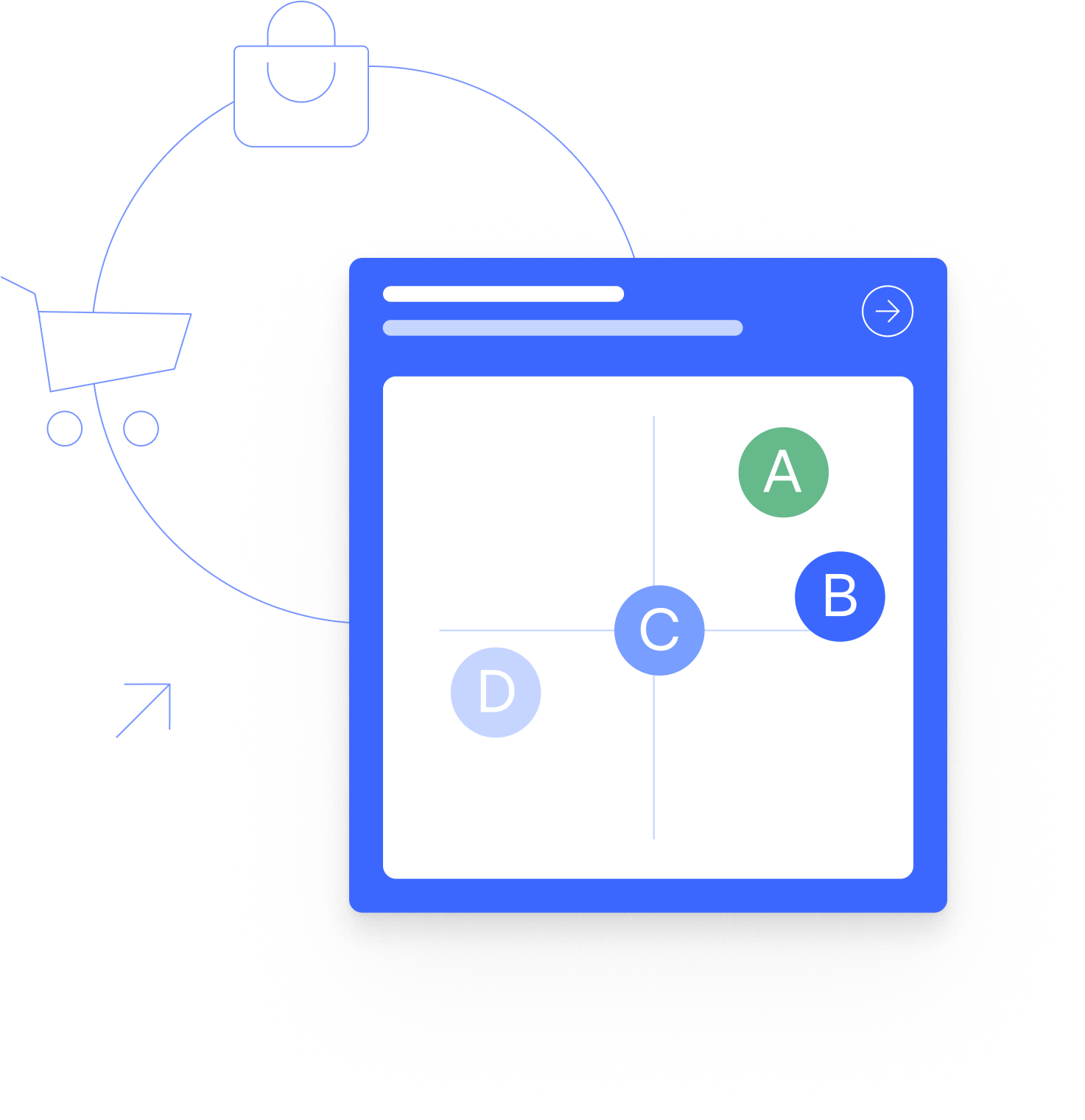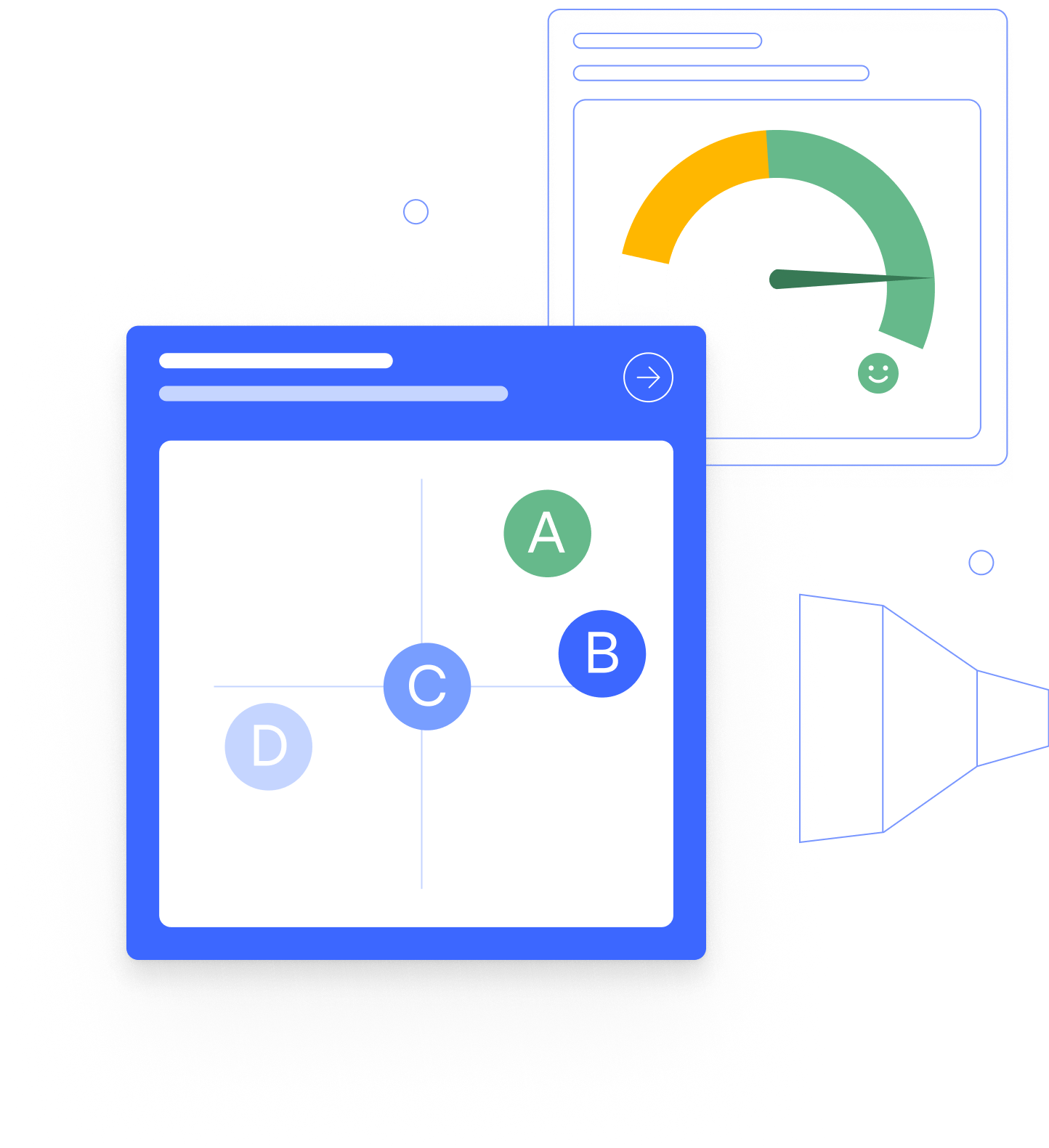Use Case
Market Analysis
Decode markets, outperform competitors. Gain strategic insights through competitor and target market analysis, leverage SWOT analysis to drive your business forward.

Here's why you need Market Analysis
In a competitive marketplace, staying ahead is essential. Market analysis helps you gain a strategic edge by providing data-driven insights, enabling informed decision-making, and identifying opportunities for growth.
It acts as the compass guiding your business toward success, facilitating adaptation, risk reduction, and maximizing your return on investment.
Advantages of Market Analysis
-
Make decisions with confidence. Market analysis provides you with valuable insights into industry trends, consumer behavior, and competitor strategies.
-
Outperform competitors with thorough analysis. Discover their strengths, weaknesses, and market gaps to craft winning strategies for a clear edge.
-
Face uncertainty confidently. SWOT analysis identifies strengths, weaknesses, opportunities, and threats, enabling proactive risk mitigation for business resilience.
Methods to include in your Market Analysis
Competitor Analysis
Mastering competitor analysis

SWOT analysis
Strategic insights with SWOT analysis

Target market expansion
Expand your target market

KPIs to measure
-
Unaided & Aided Brand Awareness
-
![Hero-Icon_Show-that-you-care]()
Customer Satisfaction
-
Purchase Drivers & Barriers
-
Net Promoter Score (NPS)
Essential Market Analysis questions
-
For brand awareness & preference
In my product category, which brands does my target group know, which ones do they buy, and which ones are considered?
-
For competitive situations
What comparable products does the competition offer? How does my product differentiate itself from others? What market shares do competitors already capture?
-
For assessing competitive strength
For what reasons do certain providers win over others? How many potential suppliers are there? What alternatives to my product exist?
-
For market potential & entry barriers
What are the revenues in the respective industry? What trends are emerging in that industry? What will it cost to enter the market, and what other obstacles might impede entry?
Market analysis explained - FAQ MISSING
-
The target group analysis is the foundation for an effective and successful brand and communication strategy. It uncovers what types of people are likely to buy your brand and why.
-
To conduct a target group analysis, you need to precisely identify the target audience, define their characteristics and needs, and use different research methods such as surveys, interviews, and focus groups to gain insights into their behaviors, preferences, and motivations.
-
The main types of target group analysis in market research include demographic, psychographic, behavioral, and geographic segmentation.
-
To identify your target market, some methods may include analyzing your offerings, conducting market research, creating customer profiles and market segments, and assessing the competition.
-
A target audience refers to a group of individuals who share similar needs and wants. This group is often characterized based on demographics and socio-economic factors, such as "unmarried women between the ages of 25 and 40 with a high income."
More use cases & methods
Strategy
Competitor analysis
Strategy
Target group analysis
Strategy
Pricing analysis
Tracking
Consumer tracking
Like what you're seeing? Try it for yourself
-
See our platform in action
-
Experience real-time results
-
Explore reports & templates